7 Historical Facts About Wigs You Probably Did Not Know
"I can't tell you what a pleasure it is to just put my hair under a wig cap and slap on a wig that's already done. It's dress up for your hair!" FelicityHuffman
We have some fun history for you. The word wig comes from the French word Perruque, later change to Perwyke. Shortened to wyke or wig as we know it today. Where did wig wearing get its start?
1. Egyptian Era
It is interesting to note that wigs throughout history were mostly worn as a class thing. Wigs as we best know were first worn by Egyptians. Heads were shaven by both men and women to withstand the heat of the desert 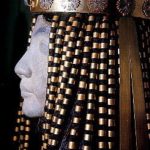
Egyptians wore their wigs with style. Most worn were reflective of their class and place in society. The more wigs you had the higher in society you were. This held true through the Greek and Roman periods as well. Materials used to make wigs were out of human hair or wool. However, it was not uncommon to find lower class people wearing wigs made of palm tree fiber. Egpytian wigs were dyed and adorned with beautiful ornaments and jewels easily matching the wealth of their wearers
2. Wig Hygiene
The Egyptians used some very innovative methods to ward smells and in keeping their wigs in place. By the use of scented oil and bees wax.

The process actually involvedputting bees wax on top of the wig,walking out into the sun to let the wax melt along with the fragrant oils down into the wig. This method cooled their heads as well.
Honey Jar with Flower and Honeycomb Slice
3. Styling Tools Wig with braids Getty Pictures
Wig with braids Getty Pictures
History also shows us that some wigs were styled with an African influence, yes human hair braids were added to wigs.
Did you know that the name for a Roman hairdresser was ornatrices one of the tools that they used to curl their wigs were a set of bronze curling irons called Calamistrium(s). Wig Styling was just as important back then as is today.
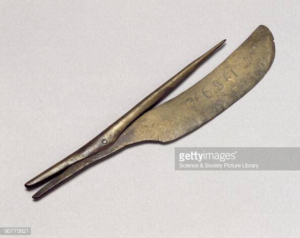
Ancient Bronze Curling Iron Scissor Combination Getty Image
4. The European Era
Our next most prominent period of Wig wearing takes place on the European continent. The Brits and the French were well known for their elaborate "powder " wigs or perukes as they were called. Most were made out of human hair. You’d be surprised though, there were some wigs really made out of horse tail hair. None the less they were powdered white using starch or cypress powder.

pictured powdered wigs worn by lawyers and judges pintrest photo
5. American Colonial Era
Throughout Europe and soon introduced into American society wigs were worn mostly by men of wealth or legal representative. There were some wealthy people of color during those times wearing wigs as well. Benjamin Banneker was an inventor and a well to do gentleman.

Pictured Benjamin Banneker wearing a white wig. Getty Image
6. America 1920’s
Let’s introduce you to wigs beginnings in our modern culture. Black woman in America began wearing wigs most prominently during the 1920's. This was known by many as the black renaissance. This is when Jazz clubs and speak easy's were all of the rage
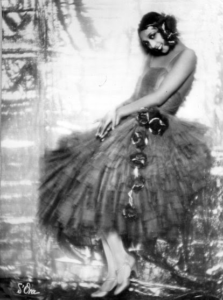
Roaring 20's famous Josephine Baker Getty photo
Black women though, unless they were in any of these businesses relied heavily on straightening their hair with a hot comb or harsh lye.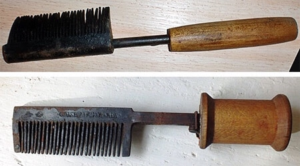 Hot Comb Patent May 1914 Emilia Baum photo getty pictures
Hot Comb Patent May 1914 Emilia Baum photo getty pictures
Hot Comb Patent May 1914 Emilia Baum photo getty pictures
Hot Comb Patent May 1914 Emilia Baum photo getty pictures
7. America 1950-present
It wasn't until wig making went from the tedious hand sewn and stitching method to a more modern machine produced wig. It was in the 1950's & 60's that wigs become affordable and easier to wear.
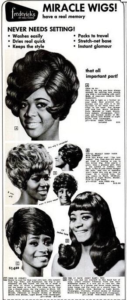
Pictured 1960’s wig ad
Women of Color took comfort in not having to worry about damaging their own hair, or sitting long hours in a salon. Putting on a wig was convenient and easy to maintain.
Wigs have improved so much and have come so far, with such variety it’s really hard to tell weather it’s a wig or not.

Pictured Wig Getty Image
In todays world wigs are used in costuming in entertainment, in modeling as well as our everyday wear. 
Thank you for reading
Hairlivery.com
Sourcing from: Historical Wig Styling Allison Egytian Wig Image from Historical Wig Styling Allison Lowery 2013 pg 4Lowery (Ancient Egypt to 1830 pages 44-47, 78-79)
Wikipedia: White Powdered Wig History, Hot Comb Patent.
Images by: Getty Images, Pintrest Images, IStock Images
https://www.brainyquote.com/quotes/felicity_huffman_425025?src=t_wig


